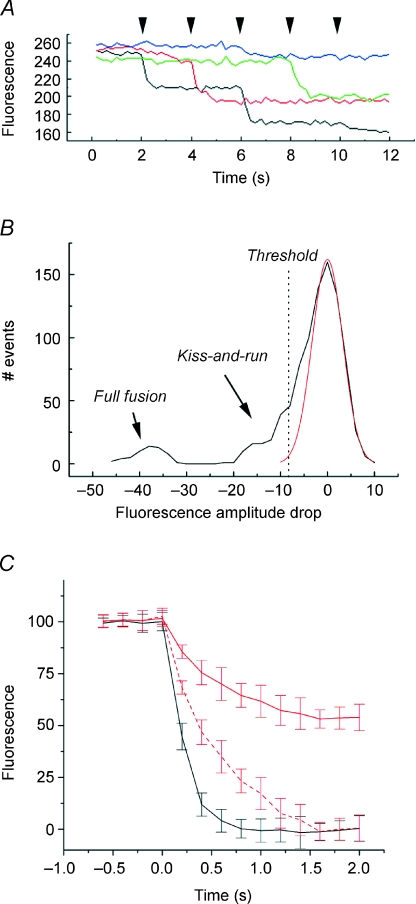Figure 1. Action potentials elicit both kiss-and-run and full fusion FM1-43 destaining events.
A, representative traces from 4 boutons, illustrating both kiss-and-run and full fusion release modes. Action potentials were elicited presynaptically at the times indicated by the arrowheads. B, fluorescence changes following presynaptic action potentials; this includes both failures, where no change in FM1-43 was observed, kiss-and-run events, and full fusion events. Boutons showing no change in fluorescence throughout the experiment (i.e. showing no stimulus-evoked destaining) were excluded. The red curve is a theoretical Gaussian based on the noise. Threshold line indicates where events were accepted for further analysis. C, comparison of rate of loss of dye during full fusion events and kiss-and-run events. Curves are the means of 25 individual events. Normalization consisted of finding the largest amplitude event in a time series, corresponding to loss of a single vesicle's worth of FM1-43, and setting this as 100%. Consequently, kiss-and-run events in this analysis only include those that occurred in a bouton that also exhibited full fusion. Black corresponds to full fusion events, and red to kiss-and-run. The upper kiss and run trace (red) is directly comparable to the full fusion trace (black). The second kiss and run trace has been stretched between 0 and 100% to provide a relative comparison of rate of fluorescence loss.

